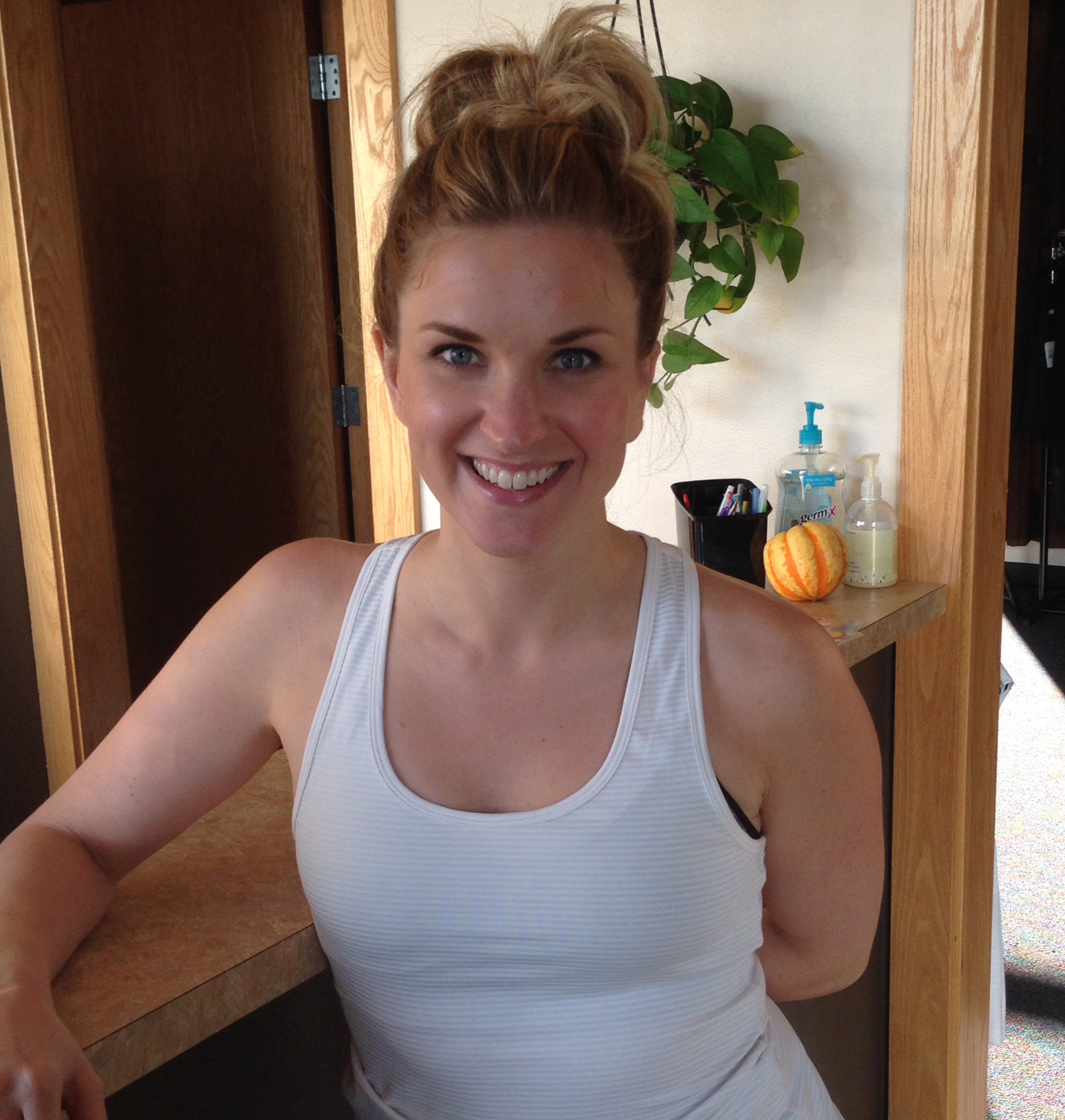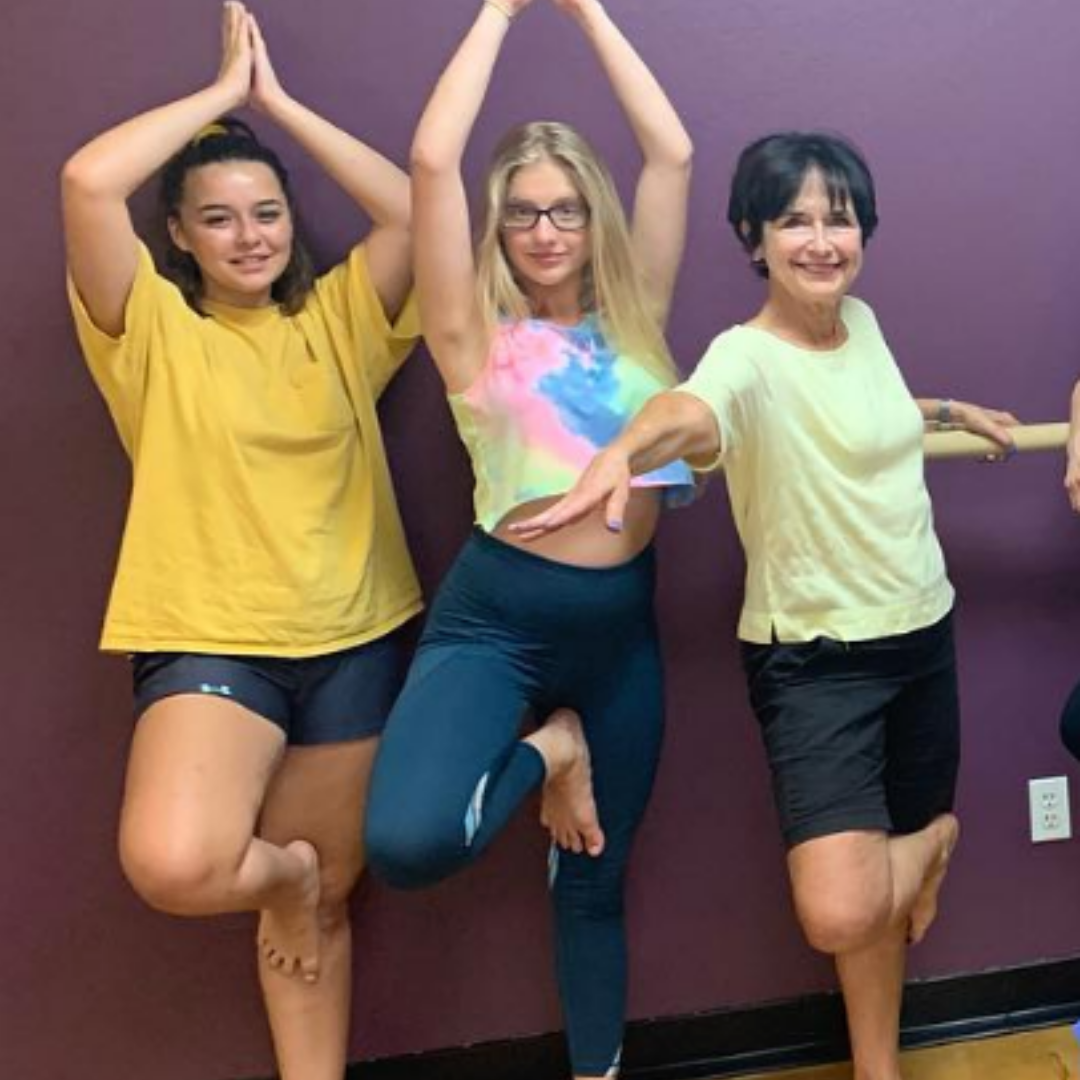Can Pilates Reverse the Effects of Osteoporosis?
 This blog is the 2nd blog by guest blogger and Pilates instructor Trent McEntire of McEntire Pilates. In Trent’s first blog, he talked about knowing your bone density scores, and sharing your bone density scores with your Pilates instructor, so you can actually watch your scores over time to see if Pilates is helping to reverse your osteoporosis.
This blog is the 2nd blog by guest blogger and Pilates instructor Trent McEntire of McEntire Pilates. In Trent’s first blog, he talked about knowing your bone density scores, and sharing your bone density scores with your Pilates instructor, so you can actually watch your scores over time to see if Pilates is helping to reverse your osteoporosis.
Osteoporosis is a disease where bones are weakened and can easily break especially in the hip, spine, and wrist. Bone is considered living tissue. Throughout life, this tissue is broken down in the body and replaced with new bone. For some individuals, the bone continues to break down but is not easily replaced with the new. The inside of a healthy bone looks like a honeycomb. When afflicted with osteoporosis, this honeycomb structure develops larger spaces that indicate loss of bone density and strength.
Osteoporosis is often referred to as a “silent” disease. In the early stage, the individual feels nothing until a bone breaks usually in the hip, spine, or wrist.

The good news is that bone is a living tissue. Just like a muscle, the bone can be strengthened. In many situations, stronger bones can slow and even reverse the effects of osteoporosis.
Additional factors include having experienced menopause especially at an earlier age, being diagnosed with certain diseases such as rheumatoid arthritis, and participating in prolonged use of cigarette smoking and/or alcohol.
Men may also be at risk. According to the International Osteoporosis Foundation (2015), “it is estimated that the residual lifetime risk of experiencing an osteoporotic fracture in men over the age of 50 is up to 27%, higher than the lifetime risk of developing prostate cancer of 11.3%.”
Bones weakened by osteoporosis eventually exhibit other symptoms such as loss of height over time, other bone fractures that occur easily, increased back pain, and a stooped posture.
Those most affected are Caucasian and Asian women. Though, any woman can be at risk especially one with a family history of osteoporosis. Those with small bone structure and lighter body weight are also at a higher risk because there is less bone to lose than someone with more body weight and a larger frame.
Pilates helps to teach proper movement and weight-bearing exercises for strengthening the bones and the surrounding muscle, especially around the spine and major joints – hips, knees, shoulders. The muscles that attach along the spine are small muscles, which make up the core that supports the spine. When these small muscles are strengthened through targeted exercise, the result is increased mass and stability to support the spine.
Pilates can also help by creating body awareness. A Pilates professional that has experience with osteoporosis will know how to safely assess and teach proper movement and exercise. After regular practice, this movement becomes natural and can then be leveraged in day-to-day activities outside of the studio. It is also important to learn how to avoid contraindicated movements that can cause injury, such as flexion (roll downs and forward bend), side bending and rotation (Bonner 2003; Meeks 2004).

Photo courtesy of Jenna Zaffino
Clients diagnosed with osteoporosis often have a fear of falling and fracturing a bone. Pilates practice helps to create alignment of the joints and increase the body’s balance. A balanced body will help a person walk more efficiently and avoid falling.
Before you get started: It is important to be cleared for Pilates exercise. Then have an assessment with an experienced Pilates’ instructor that will facilitate a safe assessment and determine specific goals. A proper exercise program will help you to avoid injury and build a strong foundation to strengthen your bones and help prevent osteoporosis.







Leave a Reply
Want to join the discussion?Feel free to contribute!